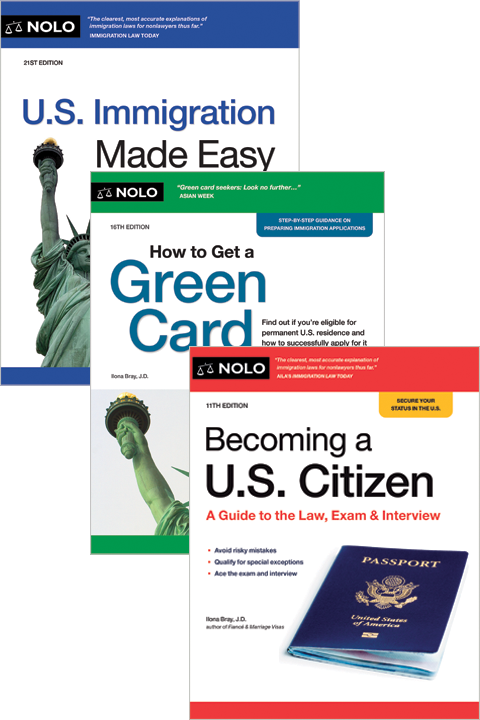Learn how to track your Priority Date's progress and ensure that you are being contacted by the U.S. government as soon as you're eligible to continue your application for a U.S. immigrant visa.
Let's say you are a foreign national who has been waiting overseas for a U.S. immigrant visa for a long time, because you are in a so-called "preference category," with annual limits on available visas. A waiting list has formed, based on applicants' "Priority Date" (that is, the date the U.S. petitioning family member or employer first filed a visa petition or labor certification request on their behalf). You are finally noticing that recent months' State Department Visa Bulletins show cutoff dates closer and closer to your own Priority Date.
What do you do next? Do you need to wait to be notified by the U.S. government that it's time to proceed with your application for an immigrant visa and lawful permanent residence (also known as a green card)? That's what we'll explore here.
You Must Wait to Be Notified by the U.S. National Visa Center
Yes, even with a current Priority Date, overseas residents need to wait to be notified by the U.S. government before taking the next step toward applying for an immigrant visa and U.S. lawful permanent residence.
You and your petitioner (the U.S. employer or relative who is sponsoring you) will receive a welcome letter or email from the National Visa Center (NVC) when your Priority Date either becomes current in the application filing chart or is likely to become current within the next year. The letter will give you your case identification number and invoice number, both of which you will need in order to go online to the Consular Electronic Application Center (CEAC) to follow up. There, you will pay your fees and fill out the visa application form.
After successfully taking this step, you will be scheduled for a consular interview, most likely in your country of residence (though you can also request your country of nationality). Here, you will meet with a U.S. consular officer who reviews and hopefully approves your immigrant visa application.
Note that the scenario is different than for would-be immigrants who are already living in the United States and are planning to apply for their U.S. residence using the procedure known as "Adjustment of Status." They can and should submit their application to U.S. Citizenship and Immigration Services (USCIS) as soon as they have a current Priority Date, without waiting for any notification or invitation.
Check the State Department's Visa Bulletin Regularly
Just in case you do not receive the welcome letter from the NVC, you should check the application date filing chart in the State Department's Visa Bulletin each month. That way, you will stay informed about whether the NVC is currently accepting applications for cases with your Priority Date or earlier ones, and be better able to plan ahead.
If your Priority Date is current (in other words, if the cutoff date in your preference category in the application filing date chart is a later date than your priority date or simply says "C" for "current"), but you have not yet received the welcome letter from the NVC, send a message through the NVC's public inquiry page.
Keep Your Address Up to Date in the NVC Files
Many months or years might go by as you wait for your Priority Date to become current. During that time, you might move to a different home or start using a different email account. If so, make sure that the NVC is aware of your and your family-member or employer petitioner's current addresses and that NVC has an email address on file for you. If you need to add, update, or change your contact information, you can reach the NVC by filling out its public inquiry form.
Take Action Quickly Once Your Priority Date Is Current
Once your Priority Date becomes current or you have received the welcome letter from the NVC, don't let too much time go by before you take action. You will have one year in which to contact the NVC. If you wait longer than that, the U.S. government will assume you are no longer interested in getting an immigrant visa to the United States and move on to the next applications in line.
Getting Legal Help
If you have submitted the initial visa petition to USCIS without help, that's a good sign. Nevertheless, the process gets more complicated from this point forward. It is highly advisable to seek the advice of an experienced immigration attorney. The attorney can evaluate your overall eligibility for an immigrant visa and green card, help you prepare the paperwork and draft appropriate cover letters and legal arguments, monitor the case and deal with delays, and even accompany you to the in-person interview (if any).
For more about the waitlist and checking the Visa Bulletin, see How Long Is the Wait for Your Priority Date to Become Current?
Talk to a Lawyer
Need a lawyer? Start here.
How it Works
- Briefly tell us about your case
- Provide your contact information
- Choose attorneys to contact you
- Briefly tell us about your case
- Provide your contact information
- Choose attorneys to contact you

